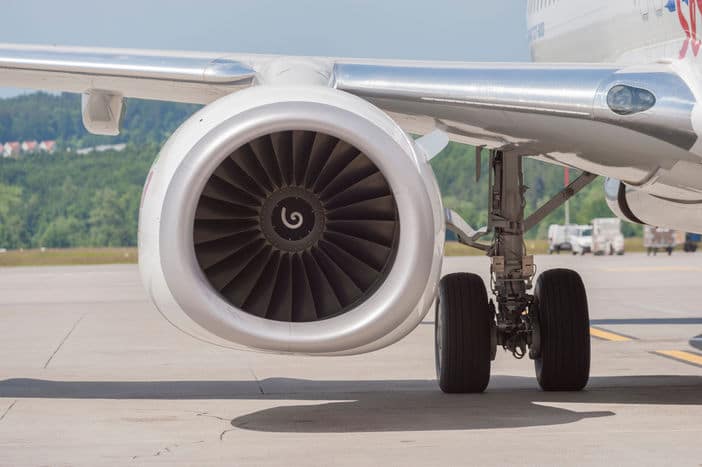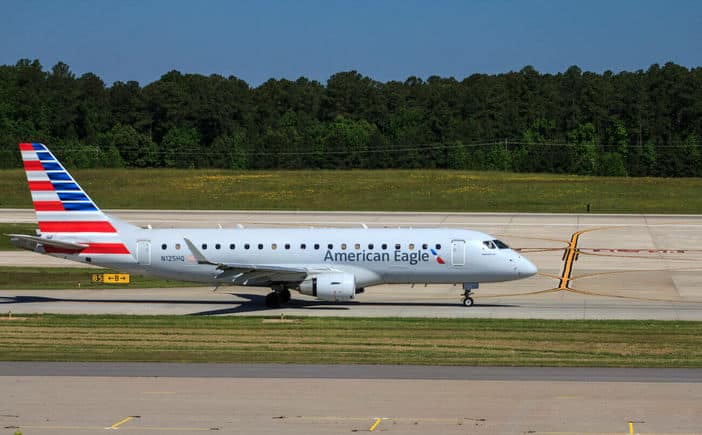Authorities say that the airport worker who died last month after being sucked into a jet engine had been told to stay away from it.
The worker at Alabama’s Montgomery Regional Airport was killed on December 31 when she got too close to the engine of an American Eagle jet that had just arrived from Dallas, Texas.
The preliminary report, which was released by the National Transportation Safety Board (NTSB) on Monday, did not name the person who died. She was later found to be Courtney Edwards, who is 34 years old.
We are saddened to hear about the tragic loss of a team member of the AA/Piedmont Airlines,
Montgomery Regional Airport Executive Director Wade Davis said in a statement at the time, per source.
Our thoughts and prayers are with the family during this difficult time.
According to the report, Envoy Air, which is part of American Airlines, ran the flight, which had 63 passengers and crew on board.
Investigators found out that after the pilots parked the plane at the gate, it was decided to leave the engines running for a few minutes to cool them down.
In the report, it said that they did this because one of the power units on board didn’t work. They needed the engines to keep going until the plane could be hooked up for power from the ground.
A source says that the pilots told airport staff that they had left the engines running. The report also showed that the crew was told twice before the plane arrived that no one should come close until the engines were turned off.
It also said that the plane’s rotating lights were on to let people know that the engines were still running.
A coworker also told the deceased victim to stay away from the engine after seeing her almost get knocked down by the jet’s exhaust.
Then disaster struck when Edwards walked in front of one of the engines and was pulled in.
The coworker is said to have “heard a bang” before the engine stopped. During the event, the pilots said they felt the plane “shake violently.”
In the report, it was also said that the American Eagle manual tells the ground crew to stay at least 15 feet away from the front of an engine until the blades stop moving.











